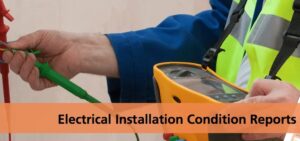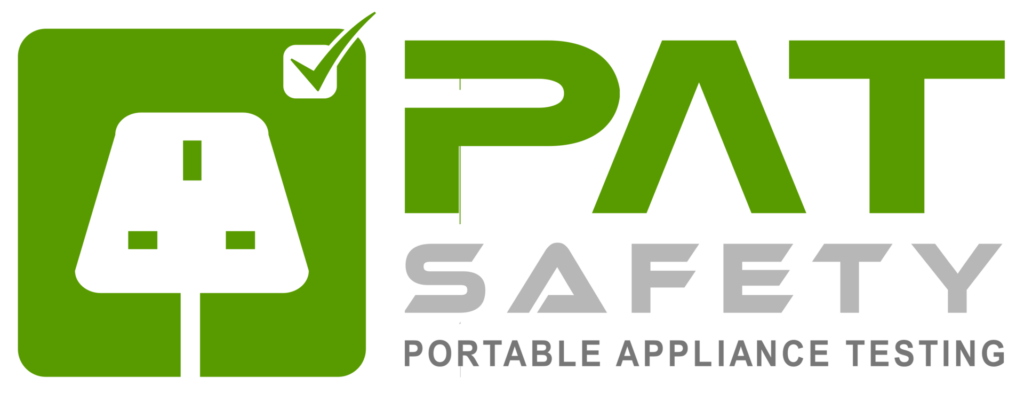- Electrical Installation Condition Reporting
- In-Service inspection and test of electrical equipment (PAT)
- General Domestic Electrical Work
Electrical Installation Condition Reporting (EICR)

An Electrical Installation Condition Report (EICR) is a report carried out to assess the safety of the existing electrical installation within a property and is used to describe its condition. Parts of the system that are reported on include consumer units, protective bonding, lighting, switches and sockets etc. Its purpose is to confirm as far as possible whether or not the electrical installation is in a safe condition for continued service.
The EICR will show whether the electrical installation is in a ‘satisfactory’ or ‘unsatisfactory’ condition and will detail a list of observations affecting the safety or requiring improvements.
These observations will be supported by codes.
Unsatisfactory Codes are:
- C1 – Danger present, risk of injury, immediate remedial action required
- C2 – Potentially Dangerous, urgent remedial action required
- FI – Further investigation required
A Satisfactory Code is:
- C3 – Improvement recommended
For landlords
The Electrical Safety Standards in the Private Rented Sector (England) Regulations 2020 came into force on 1 June 2020 and apply to all tenancies created on or after that date in England from 1 July 2020.
These new regulations require landlords to have the electrical installations in their properties inspected at least every 5 years and tested by a person who is qualified and competent. Landlords will also have to provide a copy of the electrical safety report to their tenants as well as to the local authority if requested.
Private landlords must ensure every electrical installation in their residential premises is inspected and tested at intervals of no more than 5 years by a qualified and competent person.
What the regulations say
The regulations apply in England to all new specified tenancies from 1 July 2020 and all existing specified tenancies from 1 April 2021. ‘New specified tenancies’ is any tenancy created on or after 1 June 2020.
Following the inspection and testing, a private landlord must:
- obtain a report from the person conducting that inspection and test, which gives the results of the inspection and test and the date of the next inspection and test
- supply a copy of that report to each existing tenant of the residential premises within 28 days of the inspection and test
- supply a copy of that report to the local housing authority within 7 days of receiving a request in writing for it from that authority
- retain a copy of that report until the next inspection and test is due and supply a copy to the person carrying out the next inspection and test
- supply a copy of the most recent report to any new tenant of the specified tenancy to which the report relates before that tenant occupies those premises; and any prospective tenant within 28 days of receiving a request in writing for it from that prospective tenant

In-Service inspection and testing of electrical equipment (PAT)
In-service inspection and testing of electrical equipment, more commonly known as Portable Appliance Testing, is extremely important to show your electrical appliances are safe to continue to be used. we offer this service for homes and businesses. please contact us to discuss.
General Domestic Electrical Work
We are happy to come and discuss any electrical work around your property. Garage electrics installations, new outside sockets and lighting and so on. all work will be testing before, during and after completion to ensure it meets the current regulations.